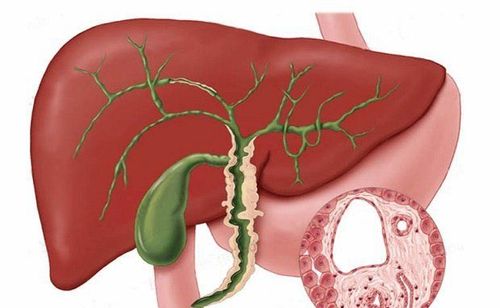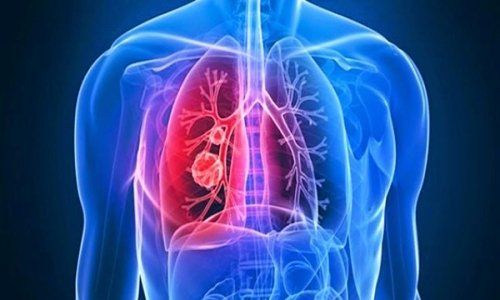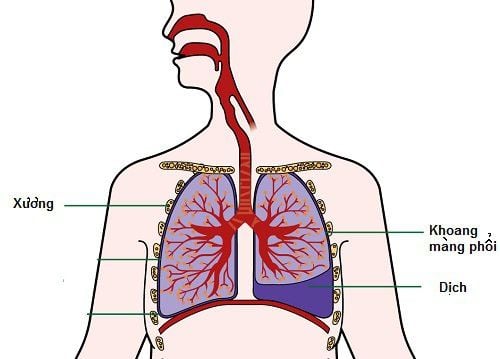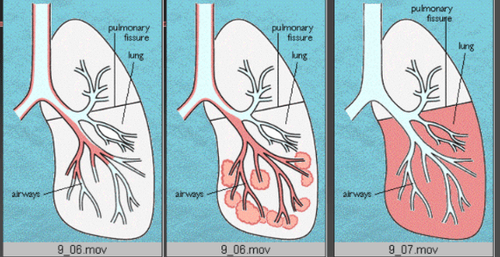This is an automatically translated article.
The article was professionally consulted by Specialist Doctor I Nguyen Hong Phuc - Emergency Department - Vinmec Phu Quoc International General Hospital. The doctor has many years of experience in the treatment of respiratory medicine.Is pulmonary fibrosis dangerous is the question of many people, because pulmonary fibrosis can cause complications. So can pulmonary fibrosis be cured and how?
Pulmonary fibrosis is a condition in which chronic damage to the tissues inside the lungs causes the lung tissues to thicken and stiffen due to loss of elasticity, thereby causing scarring. The lungs are scarred and stiff, which limits the patient's ability to breathe.
1. Is pulmonary fibrosis dangerous?
Pulmonary fibrosis causes irreversible damage. Complications of pulmonary fibrosis include:Lowers blood oxygen levels: Pulmonary fibrosis makes it difficult for patients to breathe, thereby reducing the amount of oxygen in the blood. When blood oxygen levels are low, it can disrupt bodily functions, and can even be life-threatening; Pulmonary hypertension: Pulmonary scar tissue compresses and compresses small arteries and capillaries, causing vascular resistance in the lungs to increase, leading to increased pulmonary artery pressure. At this point, pulmonary fibrosis is a real danger because it can be fatal; Right heart failure: Severe pulmonary fibrosis forces the right ventricle to pump blood harder than usual to move blood through the blocked pulmonary artery; Respiratory failure: In the late stages of chronic pulmonary fibrosis, when oxygen in the blood drops to the lowest and dangerous level, it can lead to arrhythmias and make the patient unconscious.
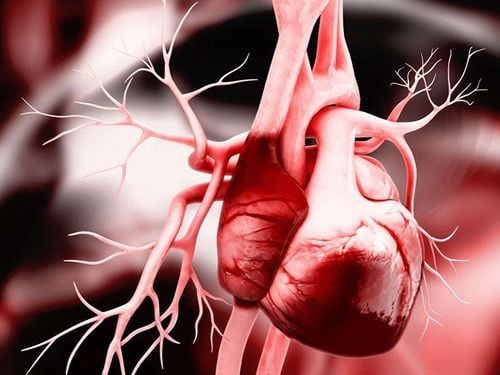
2. Is pulmonary fibrosis curable?
There is currently no effective treatment to stop the disease from progressing. The main treatments are to improve symptoms temporarily or slow the progression of the disease. For some people, treatment can improve quality of life.Based on the severity of the disease, the doctor will determine the appropriate treatment as follows:
Medication: To slow the progression of the disease, the doctor may prescribe drugs such as pirfenidone and nintedanib . Both drugs can cause diarrhea and nausea as side effects, and pirfenidone alone can cause typhus. For patients with idiopathic pulmonary fibrosis, the doctor may also recommend medication to treat gastroesophageal reflux; Oxygen therapy: As noted above, pulmonary fibrosis presents a real danger when the disease lowers the oxygen level in the blood. Therefore, oxygen therapy is one of the methods used to help patients breathe easier, in order to prevent complications when blood oxygen levels and heart pressure must decrease. Although this method cannot stop lung damage, it can help improve sleep, patients feel more comfortable and still receive enough oxygen when sleeping or exercising; Pulmonary rehabilitation: Patients with pulmonary fibrosis may be prescribed a pulmonary rehabilitation program to help improve daily activities such as: exercise to improve endurance, breathing techniques to improve lung function, nutritional advice and support for the patient's health status; Lung transplant: A lung transplant can help improve a person's quality of life. However, it is necessary to have options to prevent complications caused by lung transplantation such as rejection and infection. Is pulmonary fibrosis curable is the question of many patients with pulmonary fibrosis. Currently, the main treatment methods are to improve the patient's symptoms. Patients need to coordinate with the doctor and strictly adhere to the treatment regimen to increase the effectiveness of the treatment.
Please dial HOTLINE for more information or register for an appointment HERE. Download MyVinmec app to make appointments faster and to manage your bookings easily.






